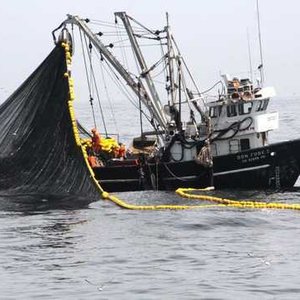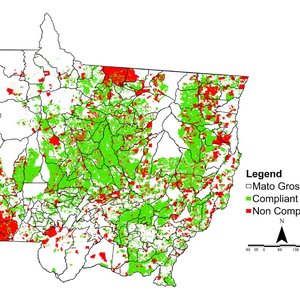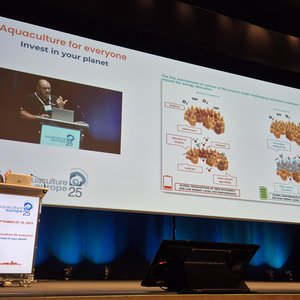KnipBio Inc. has announced the successful completion of an extended series of trials studying the efficacy of its single cell protein ingredient KnipBio Meal (KBM) in the diet of fingerling rainbow trout. The trials were done over a six-month period on close to 5,000 animals and are some of the most comprehensive dedicated evaluations ever conducted using a single cell protein as an aquafeed ingredient.
The trials compared diets containing varying inclusion rates of KBM against multiple standard trout diets. The results confirmed that juvenile trout fed a diet where KBM replaced a portion of other proteins performed equally well or better than trout fed standard diets in terms of weight gain and animal size (length). The experimental populations also generally experienced equal or higher specific growth rates (SGR) and a better feed conversion ratios (FCR) than the control diet populations.
“We were determined to invest sufficient resources in these trials to ensure we could demonstrate statistically meaningful results that would provide our customers a high degree of certainty regarding the effectiveness of KBM as a feed ingredient," stated Larry Feinberg, CEO of KnipBio. "We partnered with a respected independent research institution to ensure objectivity and evaluated the effect of diet on growth using more than 250 experimental populations. The trial results have proven to be overwhelmingly positive and we believe provide strong evidence that KBM is a highly effective feed ingredient for salmonids including juvenile rainbow trout.”
Two of the trials studied the effect on growth when poultry meal and soy protein concentrate (SPC) were replaced with KBM. The other two trials substituted KBM for SeaPro 75, a high-performance fishmeal containing at least 75% protein. In each of the trials, the experimental design used 60 aquaria, each containing twenty trout randomly assigned to one of twelve populations groups. The control population was fed a standard industry diet, while the other populations were fed diets where varying amounts of KBM replaced a portion of the fishmeal, chicken protein, and soy protein concentrate. Each trial was conducted over a twenty-eight day period, and measurements were taken at fourteen days and at the end of the trial. More details on the design and results for two of the trials can be found in the White Paper page of KnipBio’s website.
Feinberg added, “The researchers found that KBM outperformed a control diet based on poultry meal and SPC by statistically meaningful amounts for all growth indices. Additionally, diets containing up to 15% KBM performed similarly to a diet containing super-premium fishmeal with 75% crude protein. Importantly, our knowledge of how our single cell protein feed ingredient performs is advancing with each successive trial. Now that we have demonstrated the efficacy of KBM as a feed for juvenile trout, we intend to conduct additional research to isolate and study the immuno-nutritional properties of KBM in finfish populations undergoing stress conditions and possible disease challenges. “












